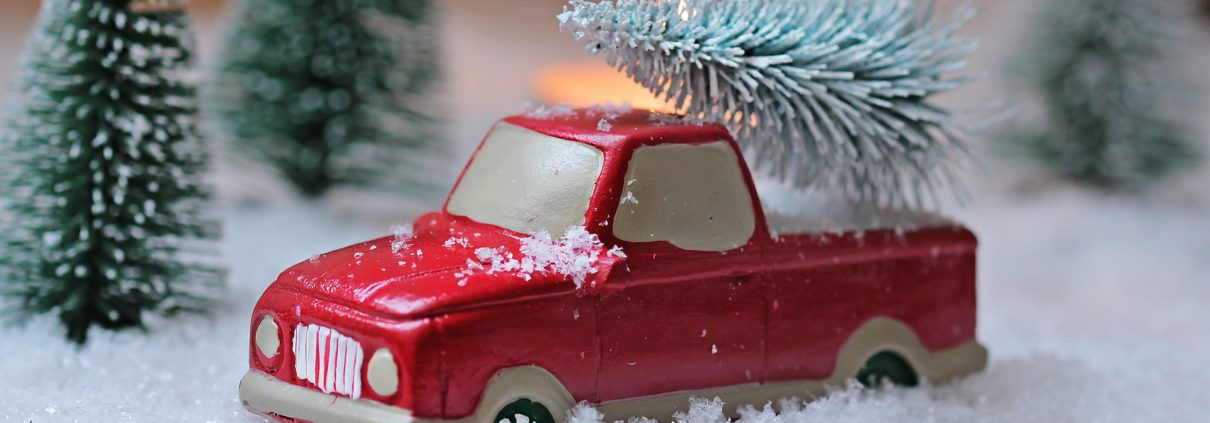Should You Start A Christmas Tree Farm?
One of the surefire signs that Christmas is around the corner is seeing those beautiful green pine trees popping up in every household. If you are thinking about growing some trees of your own, ask yourself these five questions to see if a Christmas tree farm is right for your property.
1.Do You Have The (Right) Land?
With the average Christmas tree farm squeezing in 1,500 Christmas trees per acre, these trees can take up a fair amount of land. If the property you own doesn’t have enough room, you can always sublet land from a neighbor. Since Christmas trees take a long time to grow, make sure to work with a land expert in your area to make sure you get the best deal for this long-term commitment.
Soil type is another factor to take into consideration. While different trees do best in different soil types, well-drained, loamy soils are a good bet for almost every type of Christmas tree. Soil that holds onto water will drown the trees.
2. Do You Have The Time?
Christmas trees are low-maintenance, not no-maintenance. Not much has to be done in the first four years of growth, but after that, the trees do require upkeep. Once the trees start to mature, you’ll want to shape the trees to help them maintain that gorgeous conical shape everyone loves.

3. What Trees Will You Grow?
There are dozens of types of Christmas trees. Which ones will you grow? Here are some of the most popular according to the Farmers’ Almanac.
- Balsam Fir. This tree is incredibly fragrant and will fill your house with that classic Christmas tree smell.
- Douglas Fir. The way this tree grows gives it a natural fullness and conical shape.
- Fraser Fir. People love these trees for the unique silver color underneath the needles.
- Scotch Pine. Tired of sweeping up needles every day? Scotch pines are famous for not shedding and retaining water after it is cut, making it a great low-maintenance tree.
- Colorado Blue Spruce. The ice-blue color of these trees makes it popular with people looking to do a little something different this Christmas.
4. Are You Looking For A Crop That Will Turn A Fast Profit?
Certain crops reach maturity quickly and have a high regrowth rate, making them great if you need cash in a pinch. Christmas trees are not one of those crops. From seed to fully-grown tree, the average Christmas tree takes anywhere from eight to ten years to reach maturity. And that’s only if everything goes right. Make sure you can afford to not make money off this specific crop while it matures.
5. Think Beyond the Tree
You can also sell greens, garlands, and wreaths alongside your trees. Holly, poinsettias, and pine cones are also extremely popular with decorators and crafty people. This text is from our 2019 updated Timberland course:
The land can be used for specialty products such as Christmas trees, boughs for holiday wreaths, mushrooms, honey, or maple syrup. Additionally, the land can be used for other wood products, such as saw, firewood, wood chips, decorative wood, greenery, cones, and seeds.

Christmas trees are a staple of the holiday season. We hope this article helped you decide whether or not your land is right to start your own Christmas tree farm or an agritourism business.
Whether you are looking for land to grow Christmas trees or any other kind of crop, be sure to always work with a qualified land real estate professional, like one that can be found on the Find A Land Consultant search tool, to get the best deal for your hard earned money.
Want to learn about growing trees for profit? Be sure to check out our Timberland course, which will be available to take in 2019!
About the Author: Laura Barker is the Membership and Communications Specialist for the REALTORS® Land Institute. She graduated from Clark University in May 2017 and has been with RLI since October 2017.
is the Membership and Communications Specialist for the REALTORS® Land Institute. She graduated from Clark University in May 2017 and has been with RLI since October 2017.


